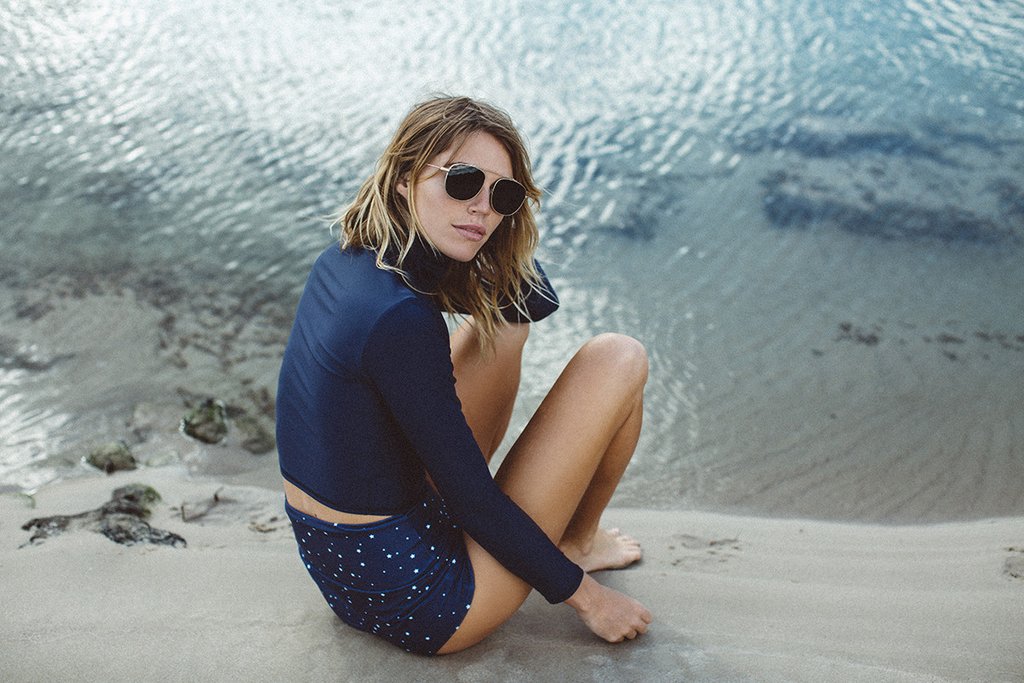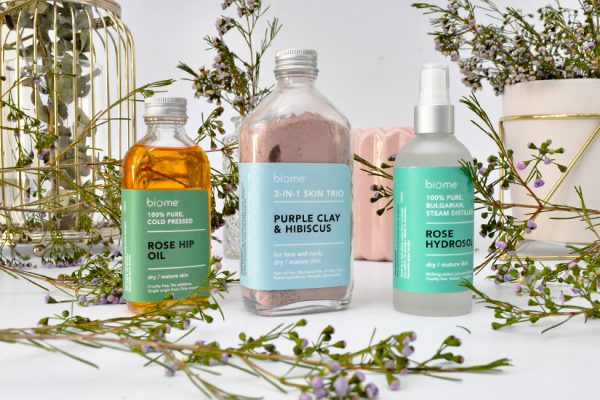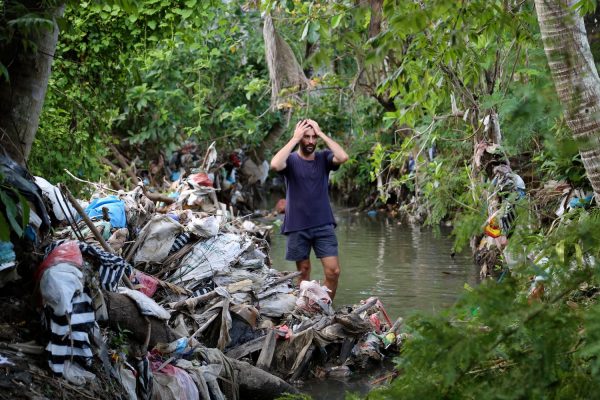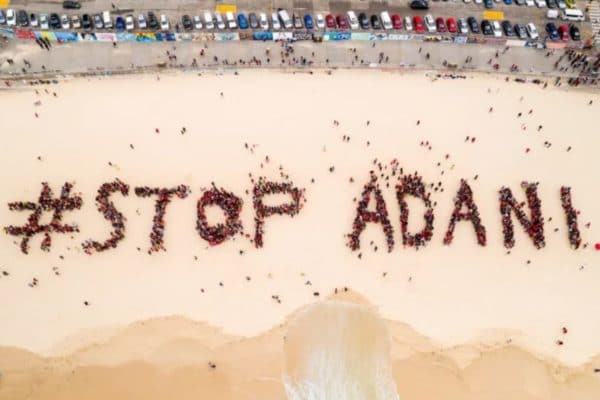I have to admit that I’ve been guilty of buying wetsuits and surfboards without considering the negative impact of the industry’s increasing waste and harmful manufacturing.
It wasn’t until I stumbled across the website Surfing Green, that I started to really consider the impacts.
Apparently there’s over 15 million surfers in the world. That’s 15 million people who love spending time in nature and love the ocean, so let’s protect it!
Sadly, the surf industry (products) has negative impacts on the environment, here’s some info on how things are changing and how we can make a difference.
Image source: Salt Gypsy – Ming Nomchong

‘As surfers we get through around three quarters of a million boards a year. Currently only a tiny percentage of these are made from sustainable, biodegradable or even recyclable materials’ (Hines, 2006).
Wetsuits
Traditionally, wetsuits are made from Neoprene, a petroleum-based compound which is harmful to the environment and emits excessive CO2 emissions during production. Patagonia recently changed the future of wetsuits, releasing a new line of Neoprene Free wetsuits with natural rubber company Yulex. Surf brands such as Rip Curl and Billabong are not too far behind with recycling programmes and non-solvent wetsuits. Thankfully surf brands seem to be focusing more on sustainability for upcoming products and programmes.
TIPS: I’ve started buying second hand wetsuits from friends or borrowing. Also check out Gumtree and Facebook surf groups for second hand wetsuits. If you would like to invest in a new wetsuit, ensure it’s the right size and do your research on the ethics and sustainability of the brand.
Boards
‘As surfers we get through around three quarters of a million boards a year. Currently only a tiny percentage of these are made from sustainable, biodegradable or even recyclable materials’ (Hines, 2006).
Surfing is very similar to the fashion industry, everyone wants the newest product and trendiest product. This is the case for surfboards and hopefully this is set to change with projects such as the ECOBOARD. This aims to reduce 30% carbon footprint from surfboard production and increase environmentally friendly materials. Take a look at where you can buy environmentally friendly boards and materials from across the world. Another option is Eco-Flex Surfboards, made from 70% recycled and sustainable materials. Also look out for a second hand or recycled board bag, there are already too many about so keep them out of land fill!
TIPS: Buy a surf board crafted by someone local which will last a long time, where the materials have been sourced ethically. Also research the brand and board really well, borrow your friends which is similar to ensure you’ll keep it for a long time. Another tip is to buy second hand boards, there are loads floating around in pawn shops / Gumtree / eBay / Facebook surf groups.
Surf Wax + Suncream
It’s generally better to buy natural products and this applies to surf wax and suncream too. Natural products are made from materials such as beeswax and coconut oil which means less chemicals on our skin and in the ocean. One great brand from Byron Bay is Bees Knees Surf Wax. Made from 100% natural Australian ingredients and smells great. In terms of suncream, there a few zinc products arounds to make sure you don’t crisp up in the sun. These create a physical barrier from UVA/UVB rays, rather than a chemical one. Little Urchin is a great bet for natural sun protectionwhich can be purchased here.
*NB: I have no connection with any of the mentioned brands or products, I just recommend them from personal experience.
Happy surfing!


